China also has a long history in the arts, especially calligraphy, painting, music and dance. Chinese artworks often bear the imprint of culture and beliefs, reflecting the sophistication and elegance of the artist. These cultures have made important contributions to the development of Chinese society and are a source of inspiration for many other cultures in the world. Join Vietravel to discover 15 unique Chinese cultural imprints that you should know!
1. Traditional Chinese Medicine
Traditional Chinese medicine has great value in the medical field (Image source: Collected)
When it comes to the ancient and unique Chinese culture, we cannot help but mention Traditional Chinese Medicine, also known as Chinese Medicine or Han Medicine. This medicine has a solid theoretical system and roots, originating from the classic book "The Yellow Emperor's Inner Canon".
This is considered the most important ancient medical book in China, dating back more than 2000 years. According to legend, the book was compiled by the Yellow Emperor himself and the famous physician Qi Bo, demonstrating great prestige and value in the medical field. This medical system not only has historical value but also great practical value, contributing to human health care over the past centuries.
2. Hanfu
Hanfu is a beautiful feature of Chinese culture (Photo source: Collected)
Hanfu, also known as Han Trang or Hua Fu, is a typical Chinese cultural feature of the Han people, who account for more than 90% of the Chinese population. This type of clothing has a long history, dating back to the Three Sovereigns and Five Emperors period, and contains many unique cultural values and aesthetic essences. This is a typical Chinese cultural feature.
Hanfu has a variety of styles, depending on the era and social class. The shirt is usually made of silk, chiffon, embroidered brocade, with a cross-collar, the flaps cross from right to left, showing formality and elegance. The pants are usually wide-legged pants, made of soft fabric, creating a comfortable feeling for the wearer. Hanfu uses many bright, vibrant colors, symbolizing luck, happiness and prosperity.
3. Silk
China is one of the cradles of the silk industry (Photo source: Collected)
When it comes to the quintessence of Chinese culture, it is impossible not to mention silk - a unique product with a long history and immense value. According to legend, the silk weaving profession in China has existed for more than 6,000 years, associated with the legendary story of Luy To - a woman revered as "The Ancestor of Humanity".
The silk weaving industry quickly developed and became an important industry in China. Silk was used to make clothes for kings, officials and nobles. It was also used as gifts for neighboring countries, contributing to the expansion of China's cultural and diplomatic exchanges.
4. Tea processing culture
Tea ceremony is closely associated with the development of Chinese civilization (Photo source: Collected)
The Chinese tea ceremony originated more than 4,000 years ago, closely associated with the development of Chinese civilization. According to legend, Emperor Yao was the first to discover tea and use it as a healthy drink. During the Han Dynasty, the tea ceremony began to be interested and developed, becoming an important part of the life of the aristocracy.
Chinese tea ceremony is not only about making and enjoying tea, but also a philosophy of life, expressing the elegance, grace and beauty of the Chinese people's soul. Tea drinkers need to be calm and peaceful to feel the delicate flavor of tea and the deep meaning hidden in each cup of tea. If you have the opportunity to travel to China, you should not miss this impressive Chinese culture!
5. Ancient Chinese Paintings
Ancient Chinese painting (Image source: Collected)
When mentioning the oldest and most unique art forms in the world, we cannot help but mention Chinese National Painting - a precious treasure of humanity with a history of more than 2000 years of development. National Painting, also known as ancient Chinese painting, is the oldest form of painting in the world, containing invaluable Chinese artistic and cultural values.
Chinese national painting originated in the Han Dynasty (206 BC - 220 AD), through many feudal dynasties and continuously developed and perfected. Each dynasty brought its own unique mark to national painting, expressed through the style, technique and content of the paintings. National painting uses brush, Chinese ink and paint on paper or silk. The strokes are slender and graceful, expressing sophistication and elegance. National painting depicts many different themes such as landscapes, people, flowers, birds, etc., expressing the aesthetic views and philosophy of life of the Chinese people.
6. Calligraphy
Calligraphy is one of the most remarkable Chinese cultures. It is a unique and exquisite art form that has existed and developed over thousands of years of history. Calligraphy, also known as the art of writing Chinese characters, is not simply the act of writing, but also a harmonious combination of technique, aesthetics and spirit, expressing the beauty of Chinese culture and soul.
Chinese calligraphy originated very early, through many historical dynasties and has been constantly improved and developed. Each period brings its own distinct mark to calligraphy, expressed through style, technique and strokes. Calligraphy has many different styles such as "Qi Shu", "Wei Shu", "Song Shu", "Ming Shu", "Qing Shu",... each style has its own distinct beauty. Calligraphy is an important symbol of Chinese culture, expressed through unique features in writing techniques, calligraphy style and artistic value.
7. Traditional musical instruments
The melodious, ups and downs of Chinese folk music all have to do with the ancient zither, also known as the jade zither or the seven-stringed zither. This traditional musical instrument has a long history, contains priceless Chinese cultural and musical values, and contributes to enriching China's art treasures.
The guqin is considered one of the oldest musical instruments in China, appearing more than 4,000 years ago, during the time of Confucius. According to legend, the guqin was created by King Fu Xi, a legendary king of ancient China. Over many historical dynasties, the guqin has been constantly improved and perfected, becoming an important instrument in traditional Chinese music.
8. Go
Go is a unique Chinese game (Image source: Collected)
When mentioning the long-standing and unique quintessence of Chinese culture, it is impossible not to mention Go - an intellectual game with a history of more than 4,000 years, containing invaluable cultural and artistic values. Go is not simply an entertaining game, but also a philosophy of life, demonstrating the intelligence, strategy and temperament of a gentleman.
According to legend, Go was created by "Emperor Yao" - a legendary king of ancient China, more than 4,000 years ago. In ancient times, Go was considered one of the four arts (music - chess - poetry - painting) that royalty and nobles were required to master in order to train their intelligence and demonstrate the temperament of a gentleman. Go quickly spread to neighboring countries such as Japan and Korea and became an important part of the culture of these countries.
9. Taoism
When it comes to ancient Chinese systems of thought and belief, one cannot ignore Taoism - a unique branch of philosophy and religion, containing profound spiritual and cultural values. With a history of more than 2,400 years of development, Taoism has become an indispensable part of the spiritual life of the Chinese people, and has had a widespread influence on neighboring cultures.
Through many historical dynasties, Taoism has continuously developed and perfected, forming many different branches such as Quanzhen Dao, Zhengyi Dao, Maoshan Sect, etc. Each branch has its own unique characteristics in terms of doctrine, rituals and practice methods, but all aim at the common goal of achieving liberation from the cycle of life and death and seeking immortality. This is one of the most unique Chinese cultural features.
10. Chinese Architecture in the Garden
Suzhou Garden - Characteristics of Chinese architectural culture (Photo source: Collected)
First appearing during the Zhou Dynasty (1046 BC - 256 BC), Chinese garden architecture has gone through many stages of development and perfection, bearing the mark of each historical dynasty.
This Chinese culture is famous for its elegant and refined gardens, Chinese Garden architecture has long been a symbol of the harmony between man and nature. With a history of more than 3,000 years and still preserved and developed to this day, this unique type of architecture has become the pride of Chinese culture and attracts the admiration of tourists from all over the world.
11. Martial arts
Martial arts - China's precious intangible cultural heritage (Photo source: Collected)
Another beauty of Chinese culture is traditional martial arts - a precious intangible heritage, containing the essence of martial arts and profound cultural values. With a history of more than 4,000 years of development, Chinese martial arts have become the pride of the Chinese nation and attracted the admiration of people all over the world.
China possesses an extremely rich and diverse treasure of martial arts, with hundreds of different schools, each with its own characteristics, techniques and philosophies. Some famous traditional martial arts schools include: Tai Chi, Shaolin, Drunken, Wing Chun, Hung Ga. Chinese martial arts are not only fighting techniques, but also contain profound cultural and spiritual values.
12. Chinese Cuisine
Beauty of Chinese culinary culture (Photo source: Collected)
Chinese cuisine is a unique harmony of color, taste and aroma, containing the cultural essence and spiritual values of the people here. Chinese cuisine is not simply food, but also a harmonious combination of culinary art, philosophy of life and customs of each region. China's diverse climate, from mild in the South to harsh in the North, has created a rich variety of ingredients and cooking methods.
Chinese cuisine has long been known as the "paradise" of those who are passionate about discovering the flavors that make up an extremely brilliant Chinese culture. The culinary journey here is not simply about enjoying delicious dishes, but also about experiencing a unique culture, containing the quintessence and identity of each region. Standing out in the brilliant picture of Chinese cuisine are the Eight Great Systems - eight major culinary systems, representing eight "territories" of unique flavors, bringing visitors unforgettable experiences including: Zhejiang, Jiangsu, Hunan, Sichuan, Guangdong, Fujian, ...
13. Porcelain making
Ceramic art is an extremely valuable intangible cultural heritage in Chinese culture. This place is known as the "Country of Porcelain", with a history of more than 8,000 years of development, containing cultural quintessence and unique artistic value. During the Bronze Age, ceramic manufacturing techniques developed rapidly, with many advanced ceramic kilns appearing, producing ceramics with delicate patterns and eye-catching colors. Porcelain manufacturing techniques reached their peak during the feudal period, becoming a symbol of luxury and nobility. Feudal dynasties all focused on developing the ceramic industry, creating sophisticated and unique products.
China is the homeland of exquisite ceramic art, with a brilliant history of development and unique artistic value. Chinese ceramics are not only the pride of the Chinese nation but also a precious intangible cultural heritage of mankind.
14. Pen, ink, paper, inkstone
Four office supplies - pen, ink, paper, inkstone (Image source: Collected)
When it comes to Chinese culture, we cannot ignore the unique and exquisite traditional beauty hidden in every everyday item. The Four Treasures of the Office - the "four treasures" in the study rooms of the ancients - are a typical testament to the cultural values and respect for knowledge of the Chinese people. The Four Treasures of the Office appeared in ancient China, playing an important role in cultural and educational life. These are indispensable items for scholars, literati and those who love the art of calligraphy.
15. Chinese embroidery art
The art of embroidery has long been an indispensable part of the cultural life of many countries in the world, and China is no exception. With a history of development of more than 2000 - 3000 years, associated with the formation and development of the Silk Road, Chinese embroidery has reached a level of sophistication and uniqueness, becoming one of the typical traditional art forms of this country.
Through the ups and downs of history, Chinese embroidery still retains its traditional beauty, containing cultural quintessence and unique artistic value. The graceful and delicate needlework breathes life into each embroidery work, creating vivid and colorful pictures, demonstrating the creativity and skillful techniques of the artisans in Chinese culture today.
Chinese culture , with a history of more than 5,000 years, is a priceless treasure with unique values and long-standing traditions. From exquisite cuisine, elite art to profound philosophy, traditional medicine,... Chinese culture has been and is contributing to enriching and diversifying the world's cultural picture. With the 15 cultural highlights above, we hope to help you have a new and interesting perspective.
Source: https://www.vietravel.com/vn/am-thuc-kham-pha/van-hoa-trung-quoc-v15467.aspx



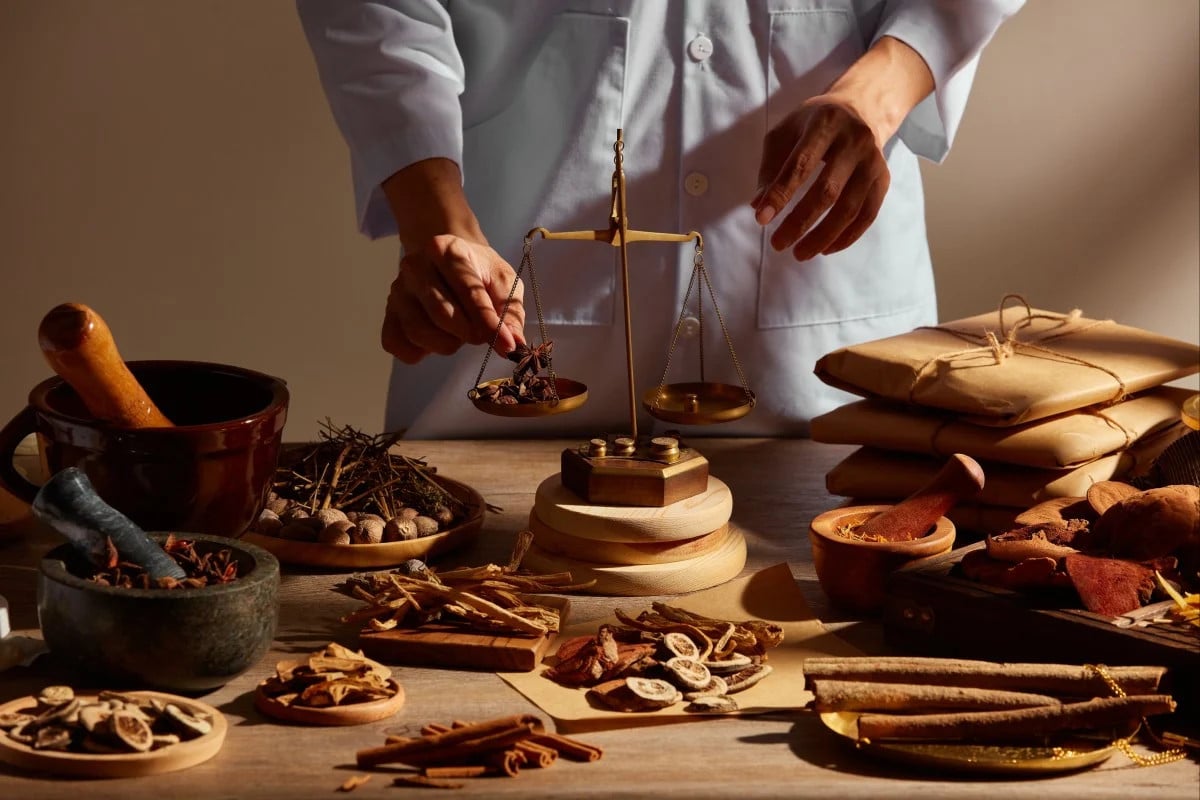
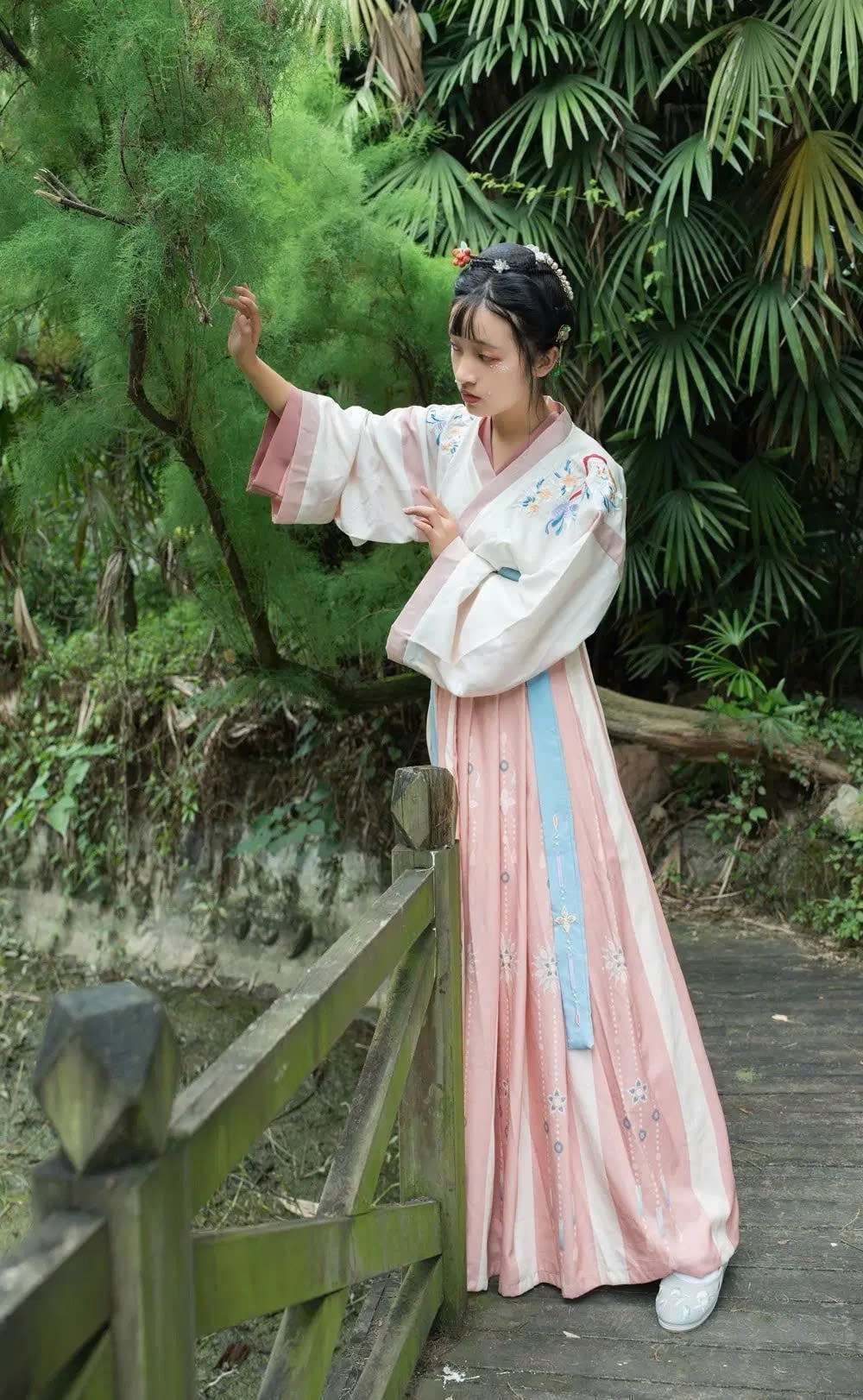

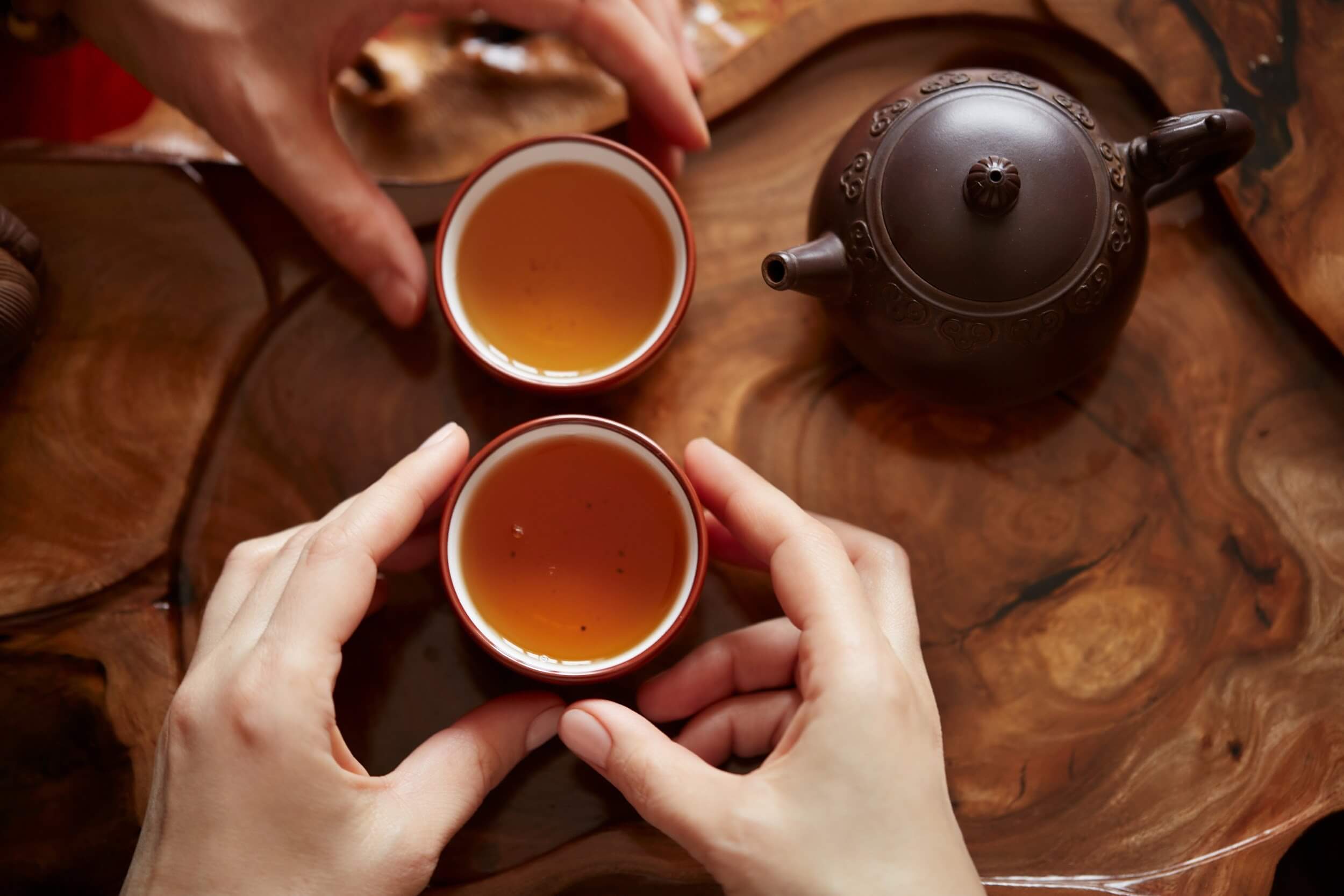
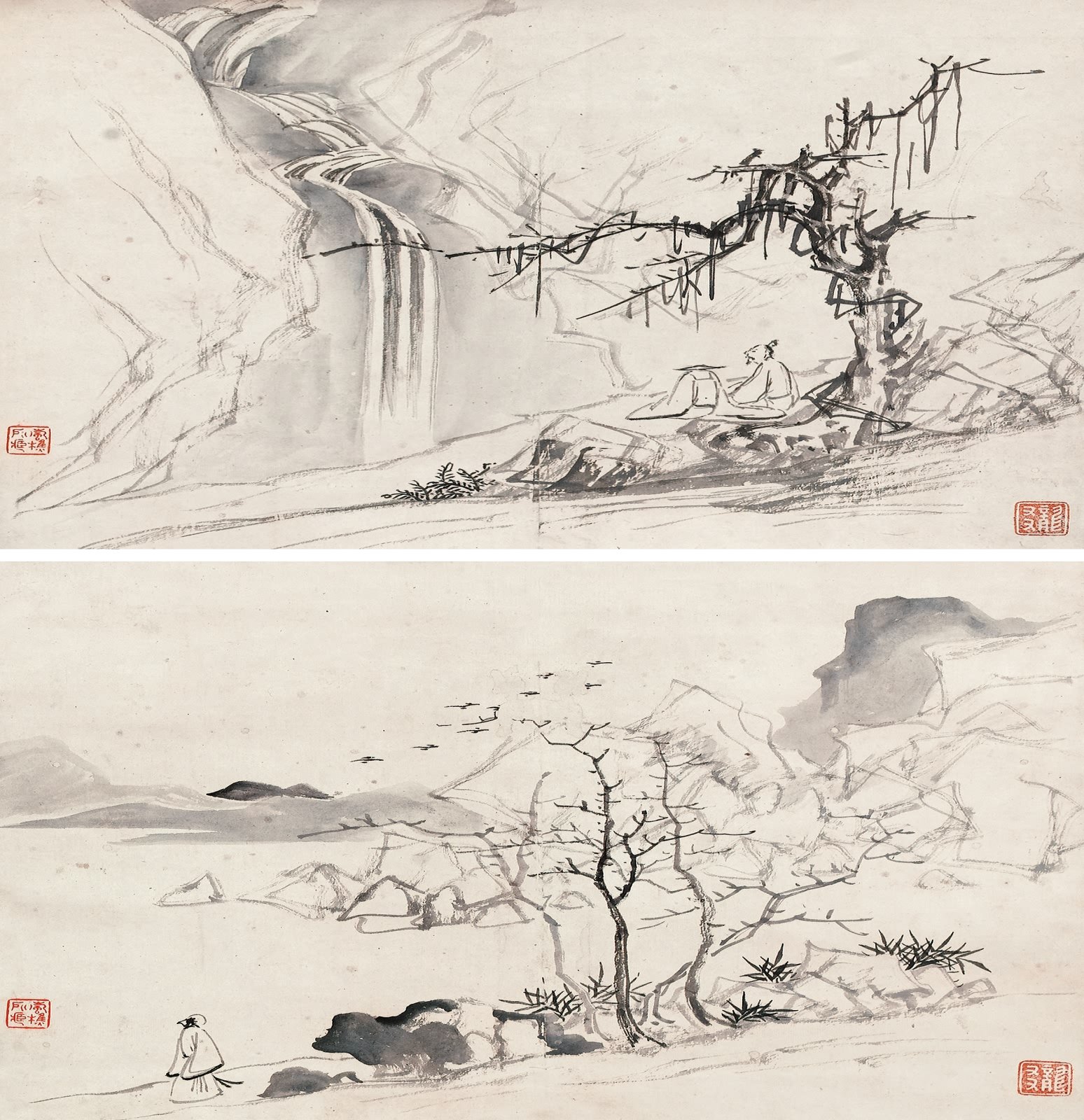

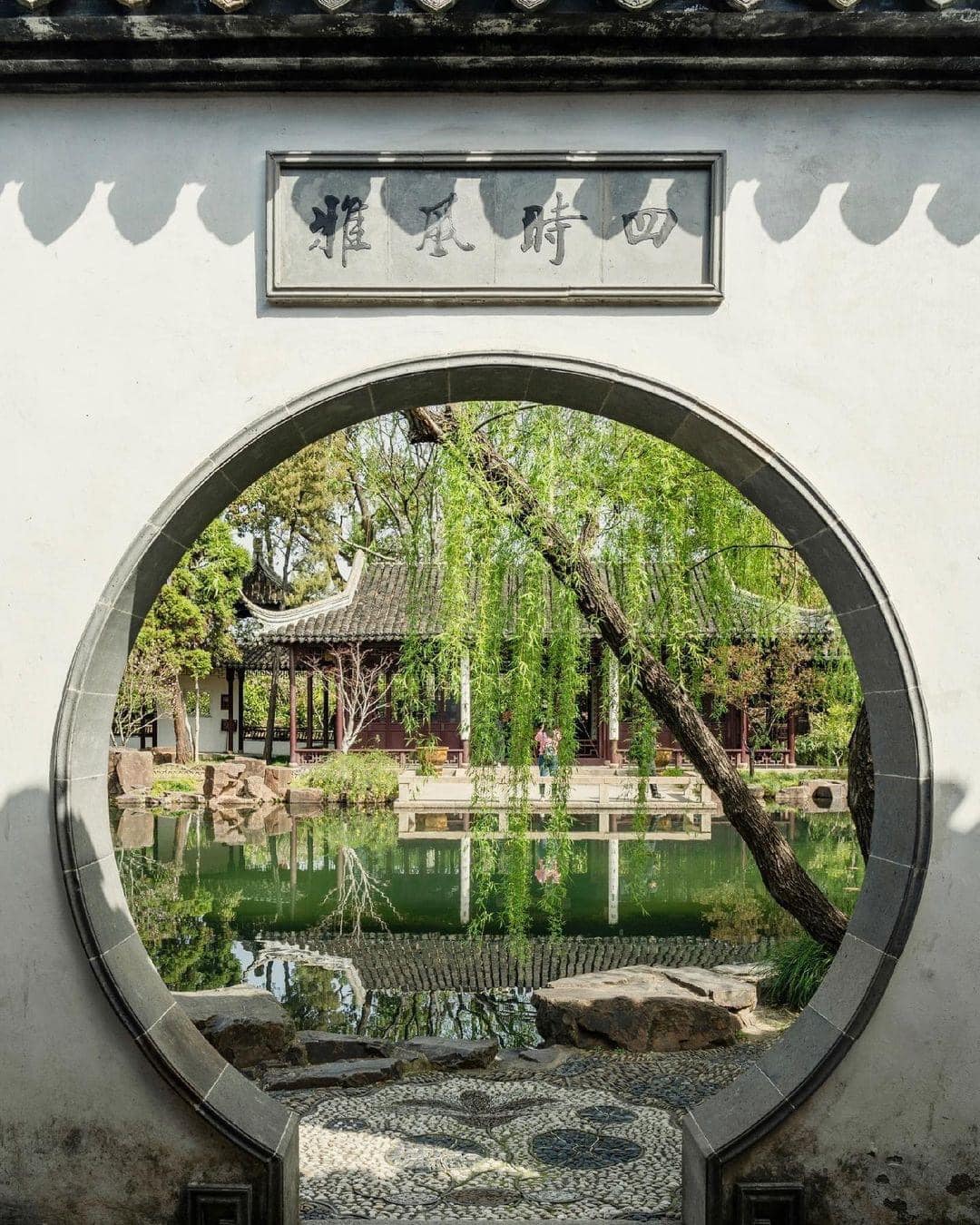
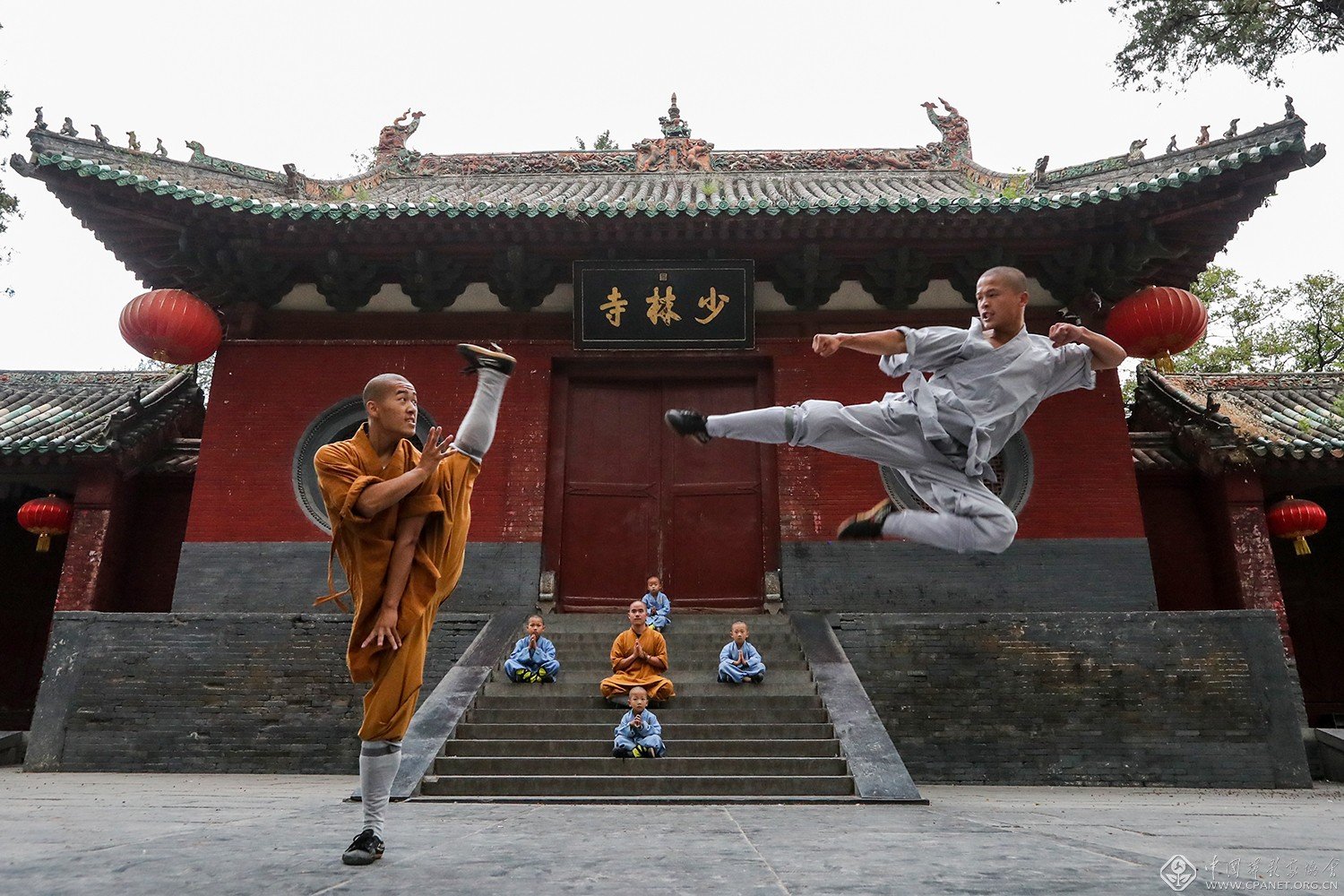
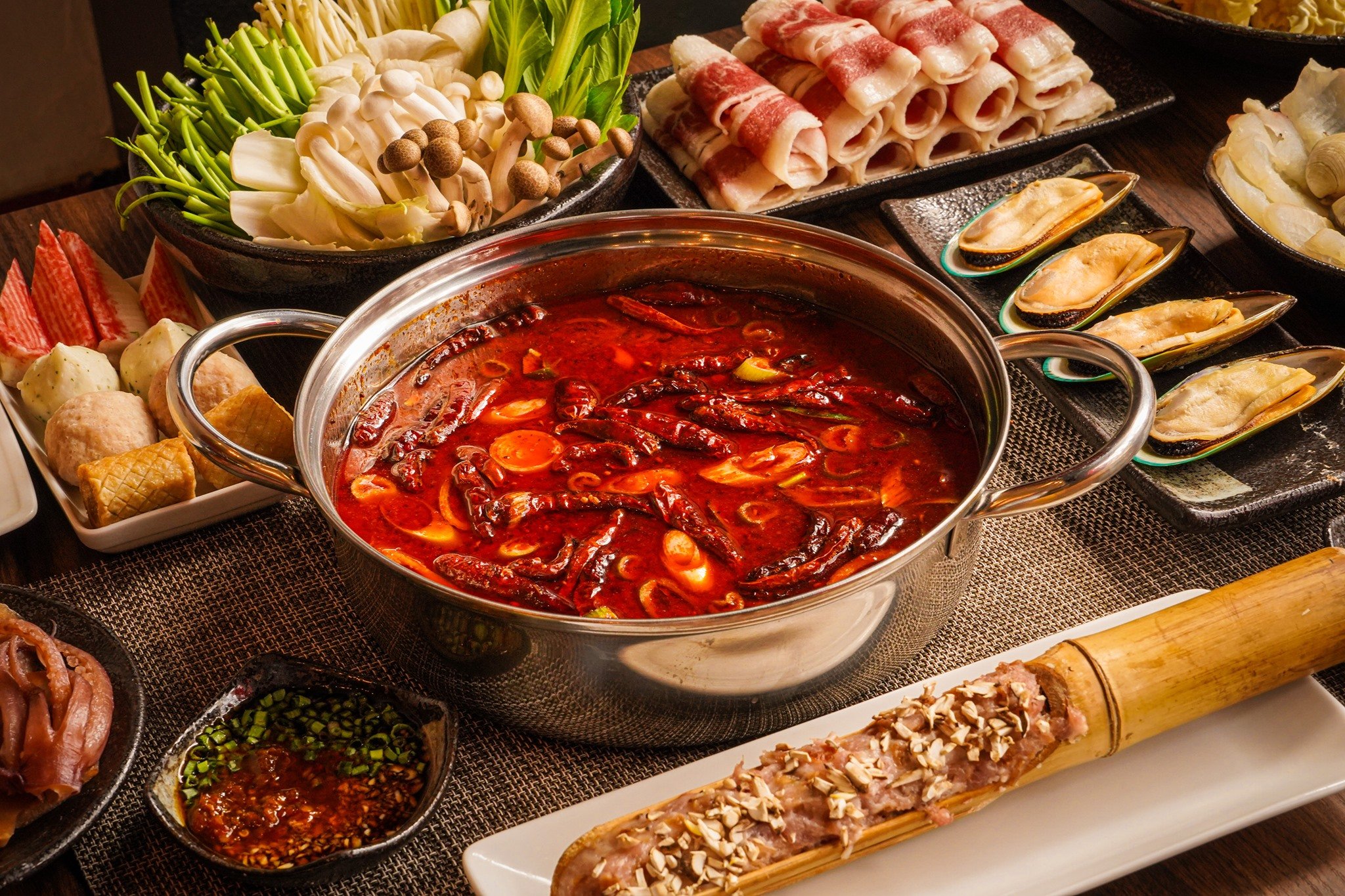
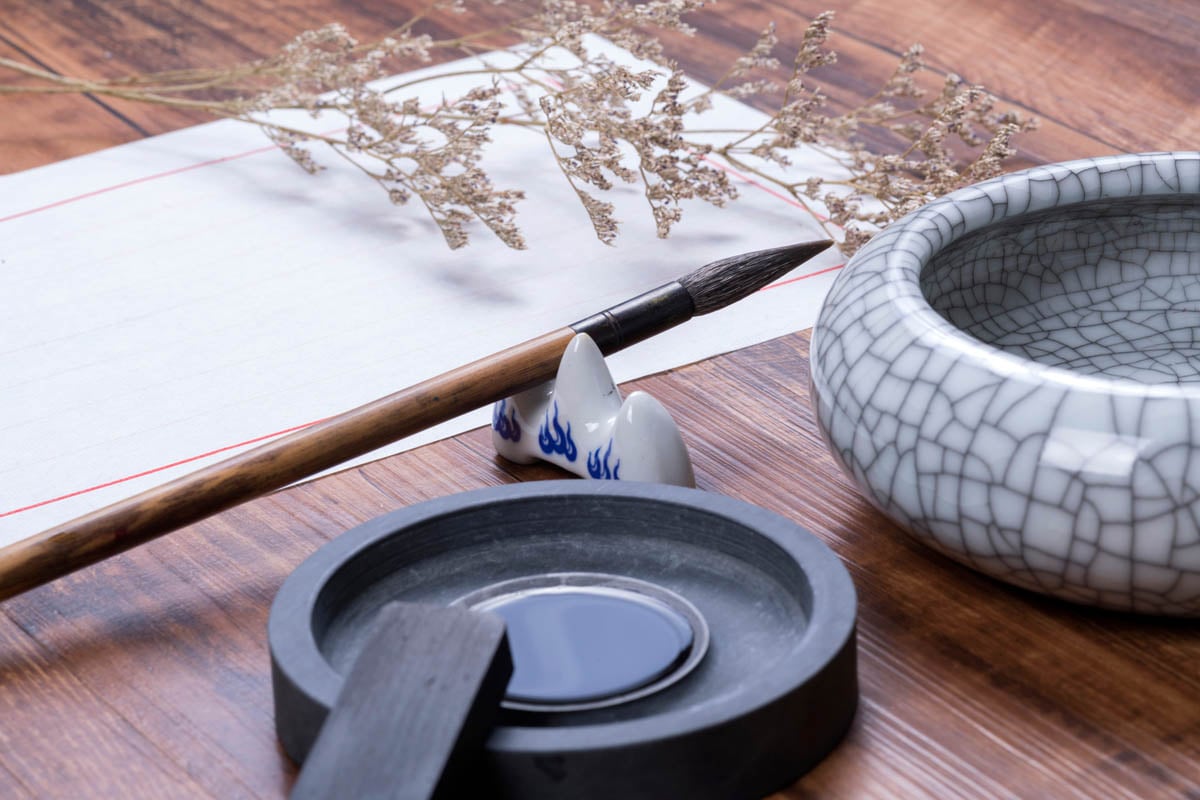


![[Photo] Images of the State-level preliminary rehearsal of the military parade at Ba Dinh Square](https://vphoto.vietnam.vn/thumb/1200x675/vietnam/resource/IMAGE/2025/8/27/807e4479c81f408ca16b916ba381b667)

![[Photo] Parade blocks pass through Hang Khay-Trang Tien during the preliminary rehearsal](https://vphoto.vietnam.vn/thumb/1200x675/vietnam/resource/IMAGE/2025/8/27/456962fff72d40269327ac1d01426969)













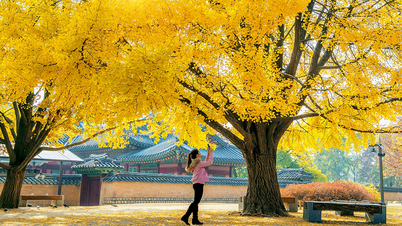





















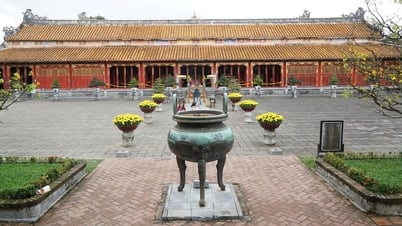





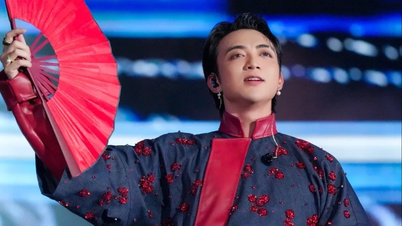




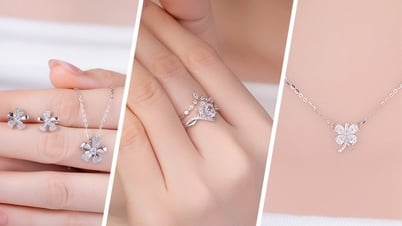











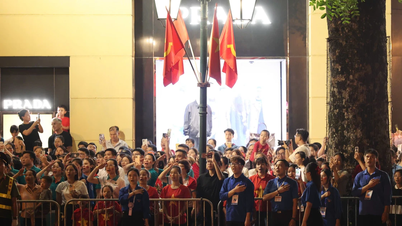














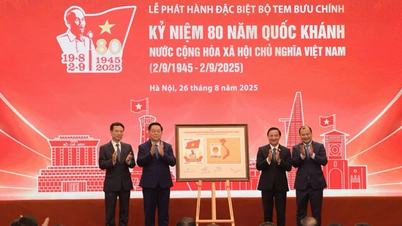

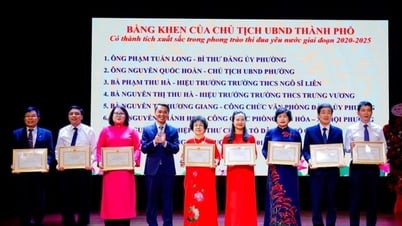

















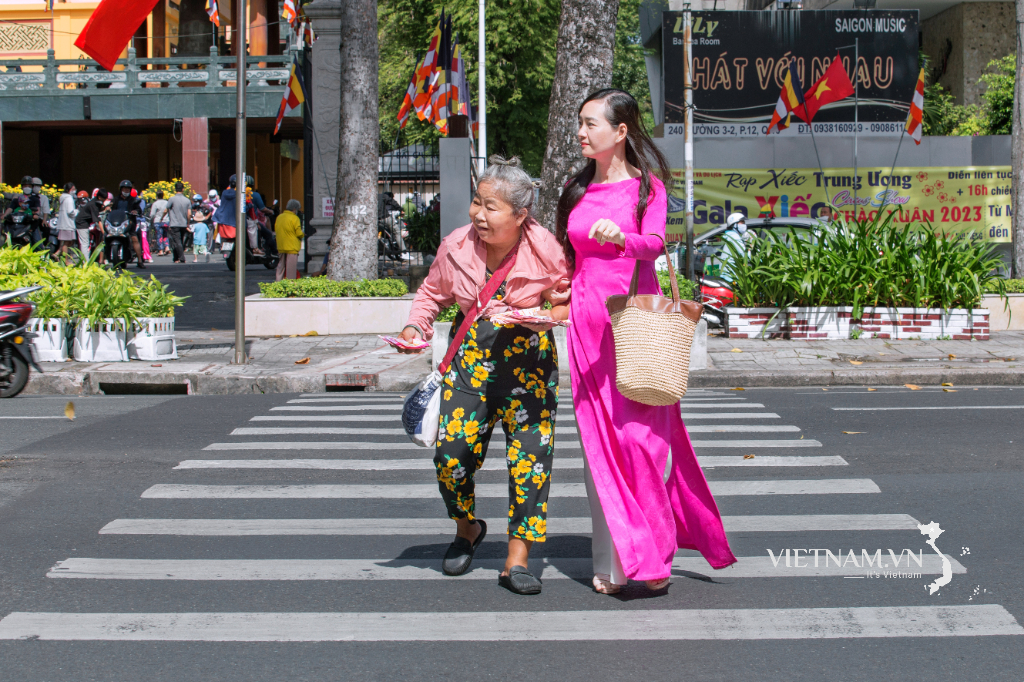

Comment (0)